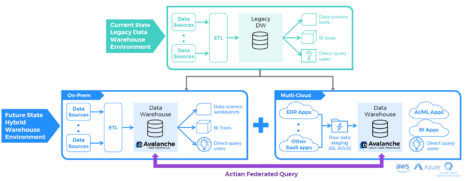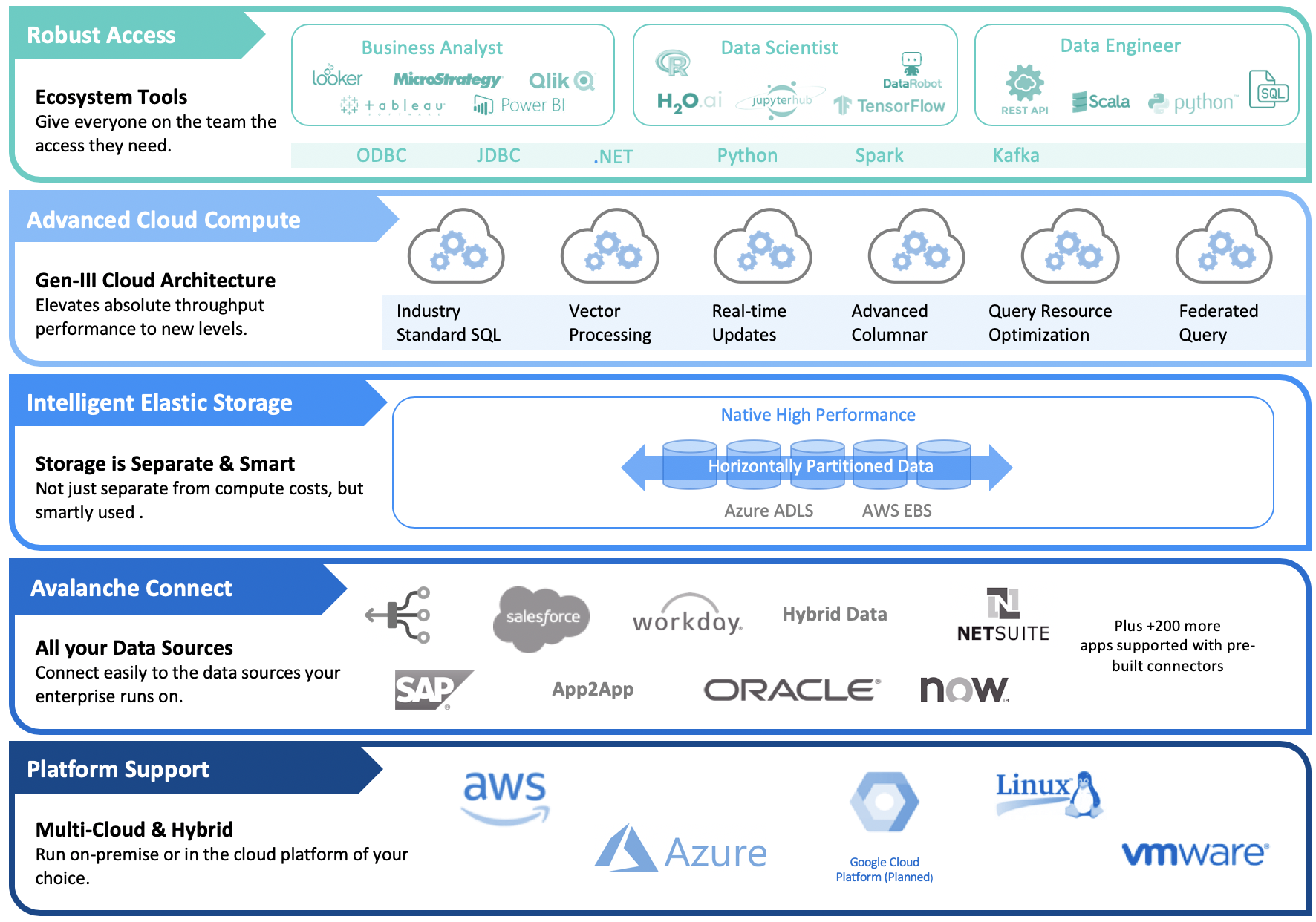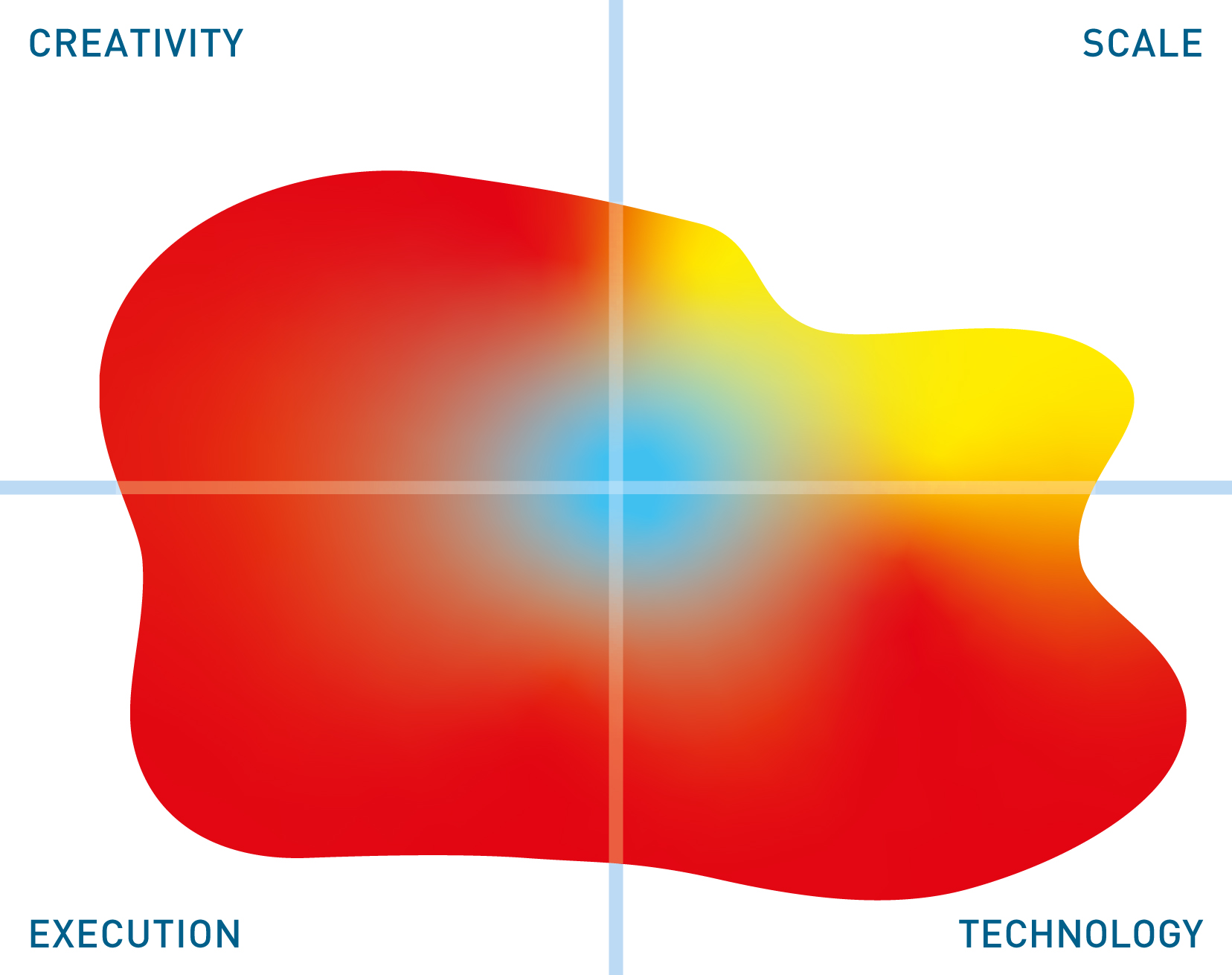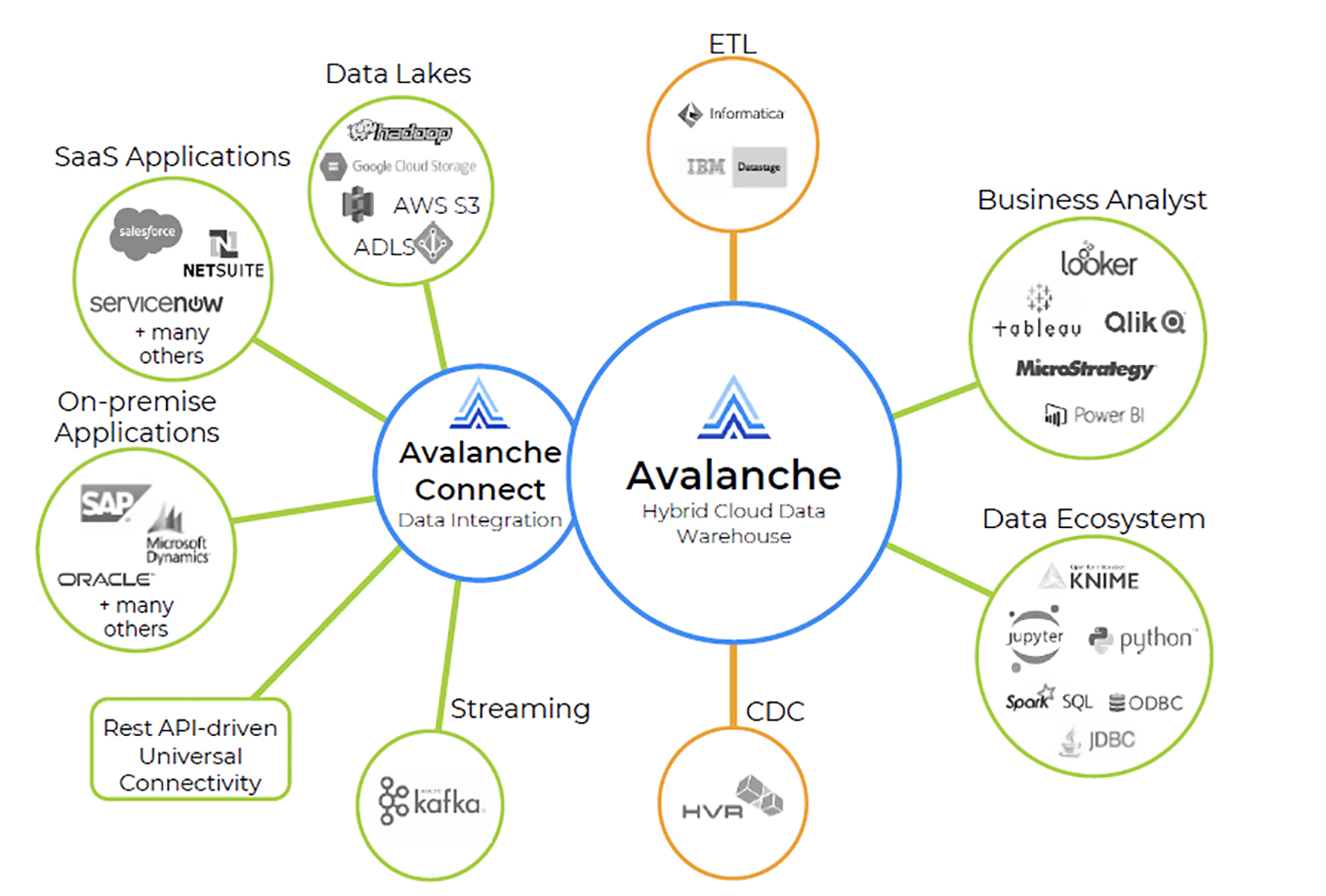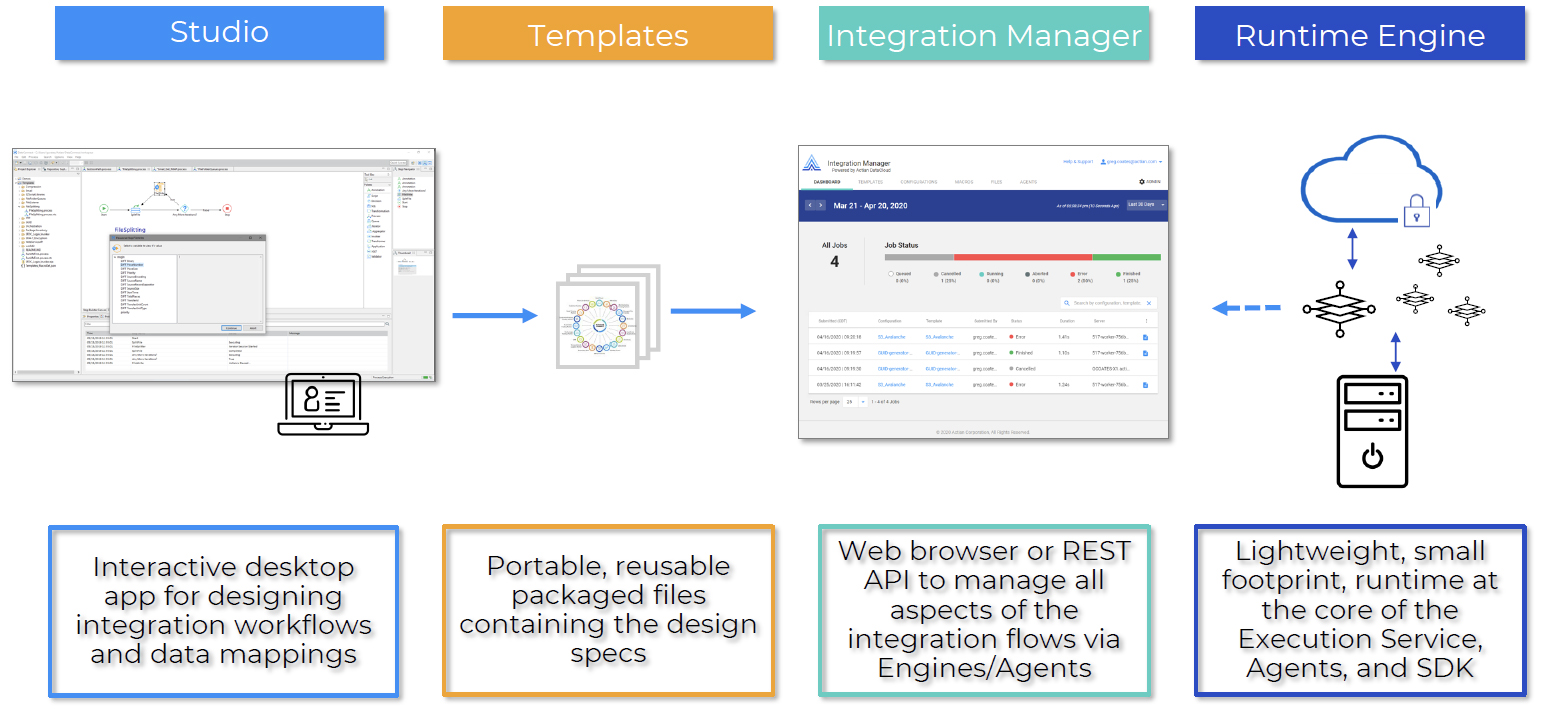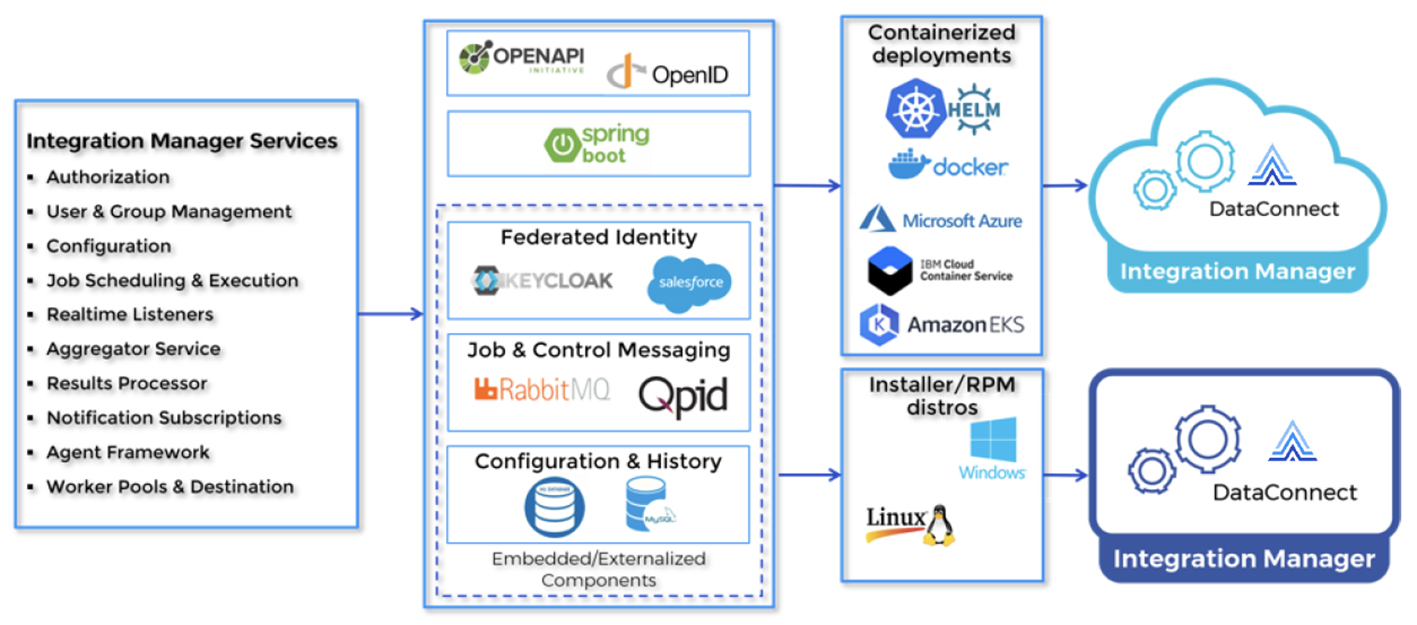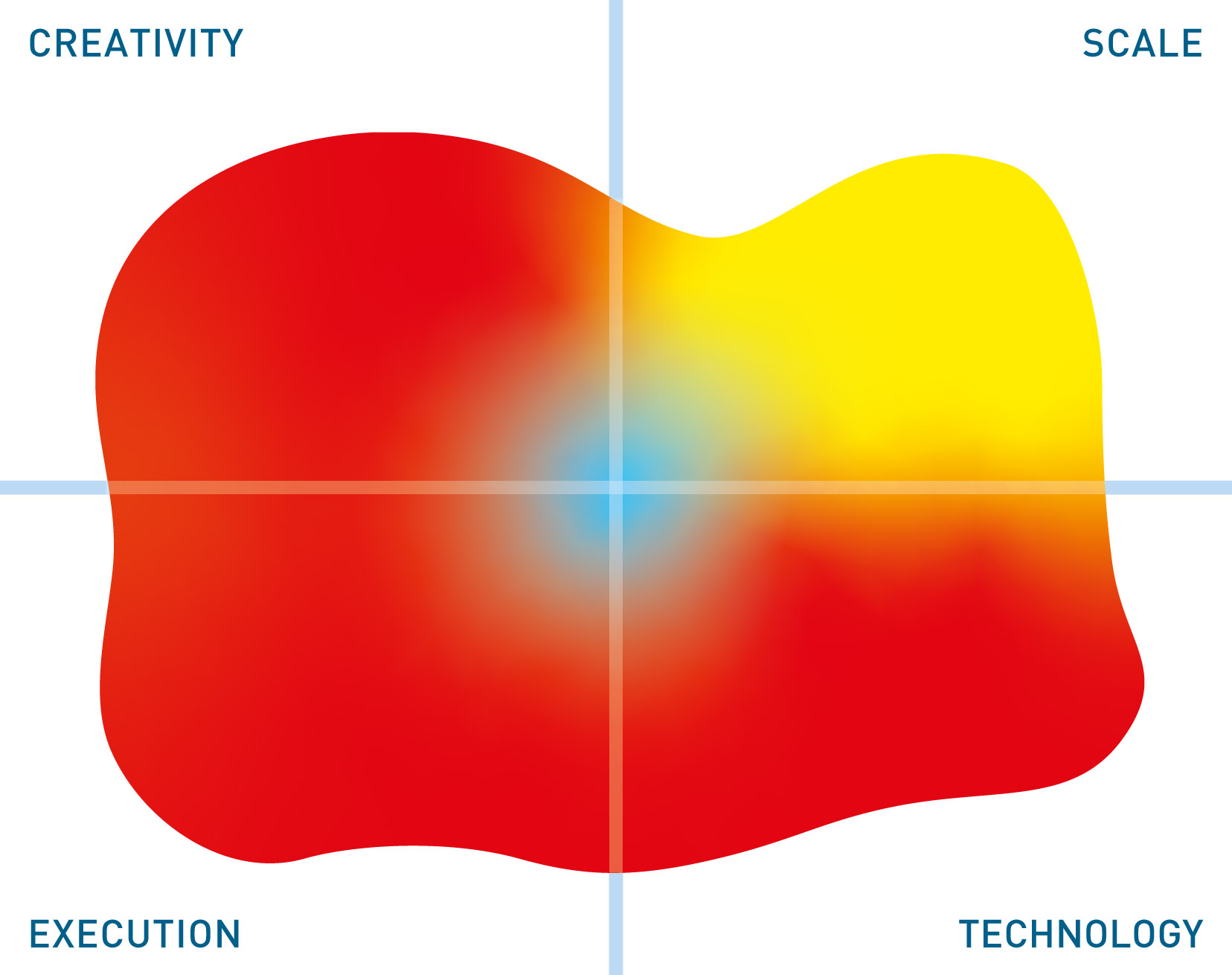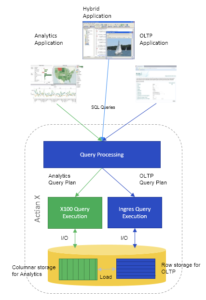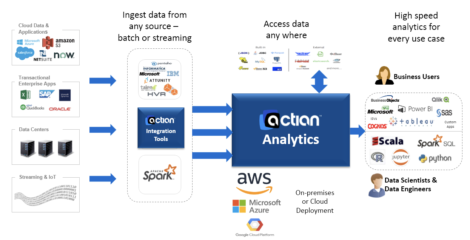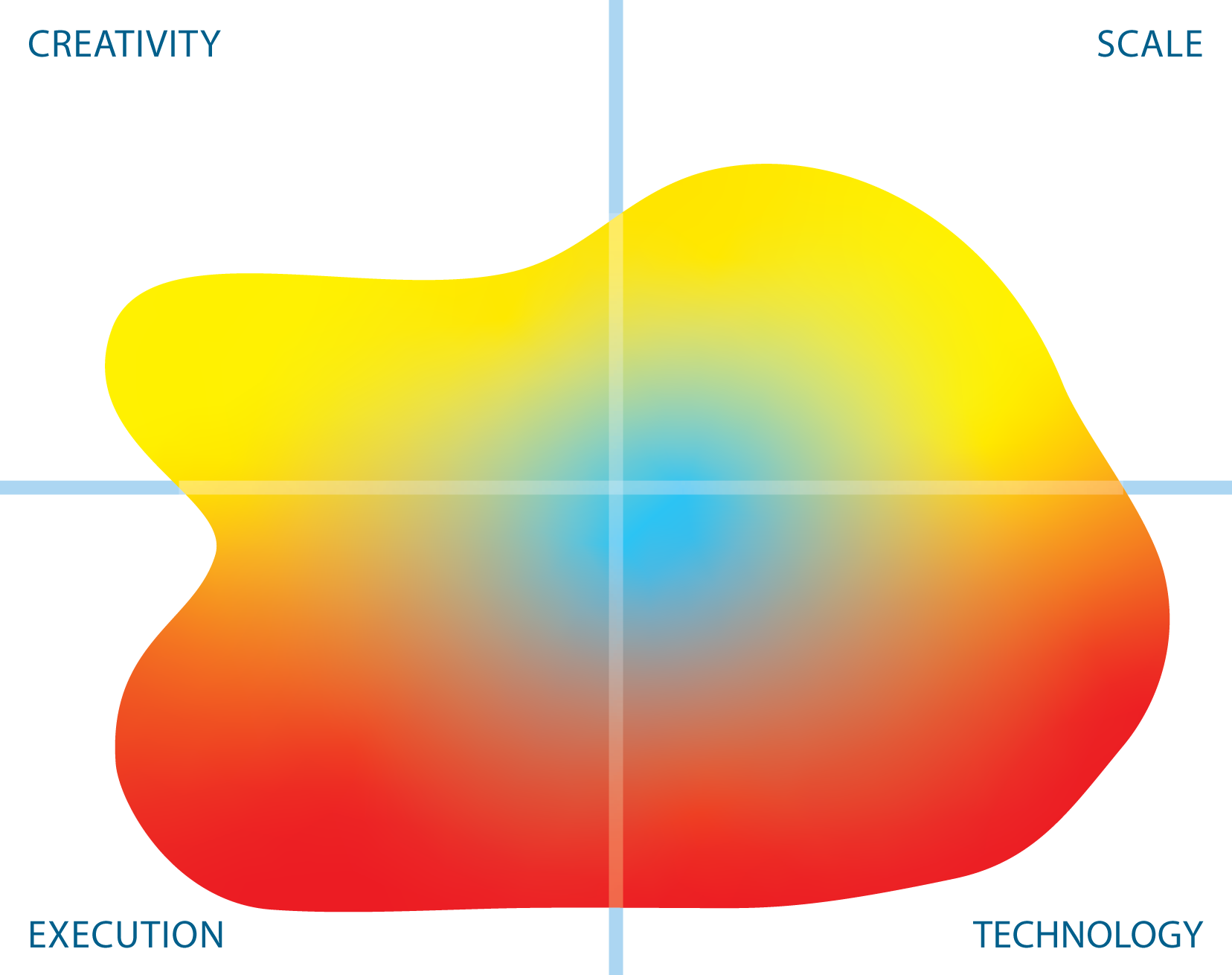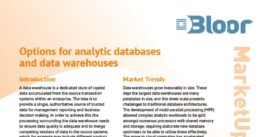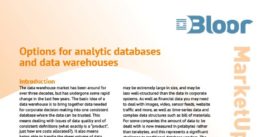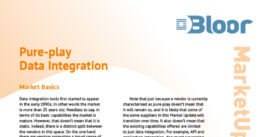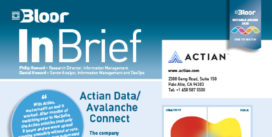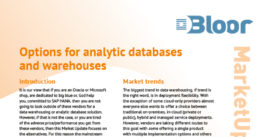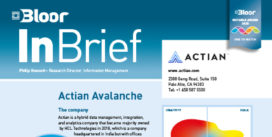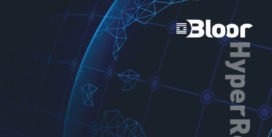Actian
Last Updated:
Analyst Coverage: Daniel Howard, Philip Howard and David Norfolk
What was originally Relational Technologies Incorporated, founded in 1980, became Ingres Corporation in 1989. It was acquired by the ASK Group in 1990 which was itself acquired by CA in 1994. Ingres was spun out of CA in 2005 and was renamed as Actian in 2011. In 2018 the company was 80% acquired by HCL Technologies, which is headquartered in India but has offices around the globe. It also has more than 200,000 employees, of which Actian comprises over 600. HCL Technologies became the sole owner of Actian in 2021.
Actian, which operates separately from HCL, also has a significant history of acquisitions, including VectorWise (relational database) in 2011, Versant (object-oriented database) in 2012, and ParAccel (data warehousing) and Pervasive Software (databases and data integration software) in 2013.
The company’s primary offering is the Actian Data Platform, which offers unified data management across a range of deployment environments (including on-prem, (multi-)cloud, and hybrid) and data types (including structured, unstructured, and semi-structured). The platform has been designed to make data “trusted, flexible and easy”, and features database capabilities as well as data analytics and warehousing, data integration, and data quality, among other things. The platform also includes support for storing (and thence querying) columnar data.


